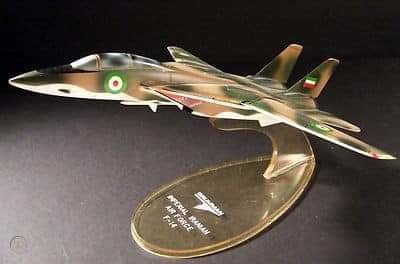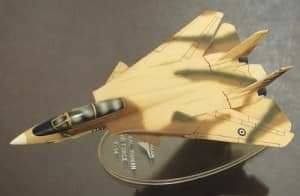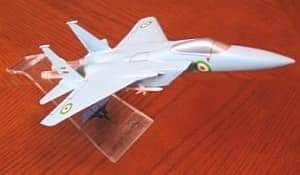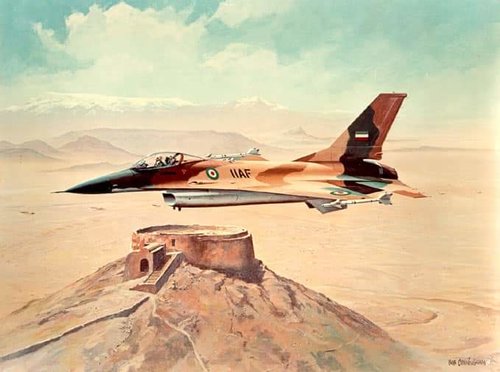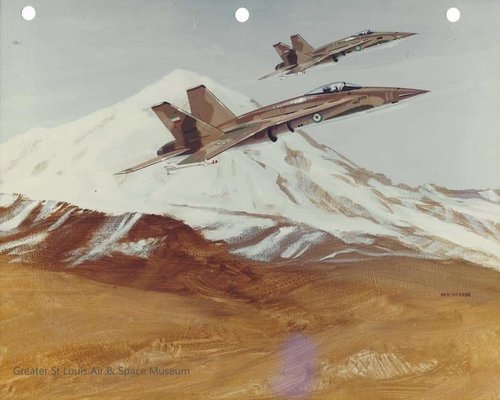- Joined
- 5 May 2007
- Messages
- 1,272
- Reaction score
- 2,363
Hopefully this is the right forum for this. A bit of browsing on the Flight International archive yields this gem from 1974:
http://www.flightglobal.com/FlightPDFArchive/1974/1974 - 1113.PDF
http://www.flightglobal.com/FlightPDFArchive/1979/1979 - 0470.PDF
http://www.flightglobal.com/FlightPDFArchive/1974/1974 - 1113.PDF
Then, five years later,On the same basis [of preferring twin-engined aircraft], the Iranian requirement for an attack aircraft points to the Fairchild A-10 rather than the single-engined LTV A-7.
http://www.flightglobal.com/FlightPDFArchive/1979/1979 - 0470.PDF
The second quote indicates that the A-10 probably won the competition. But I can't find anything else other than these two tidbits. Can anyone shed any light on the matter - expected roles, numbers of aircraft envisaged, other competitors?Requests for the A-10 Thunderbolt II from [...] Iran [...] were also turned down.
Last edited by a moderator:

